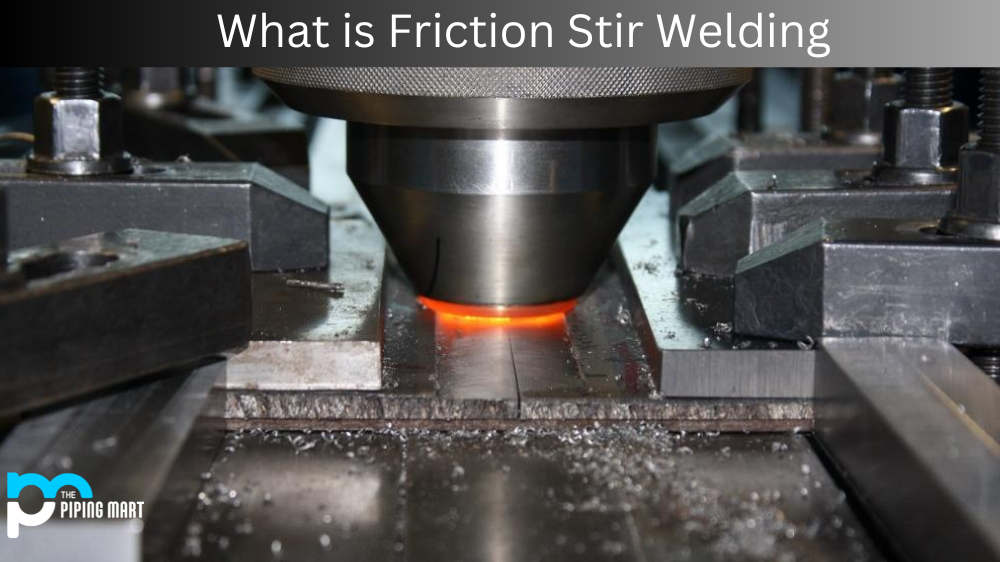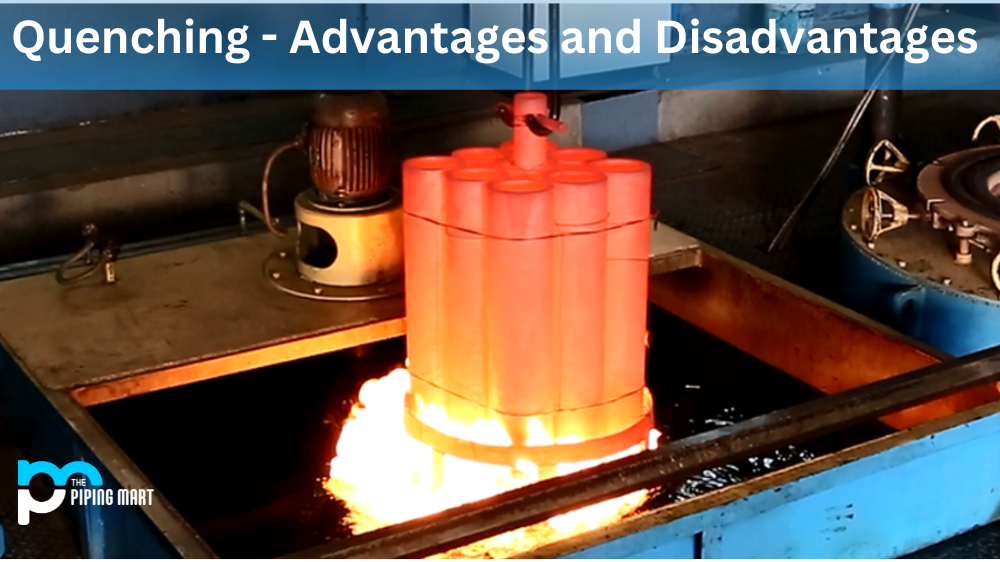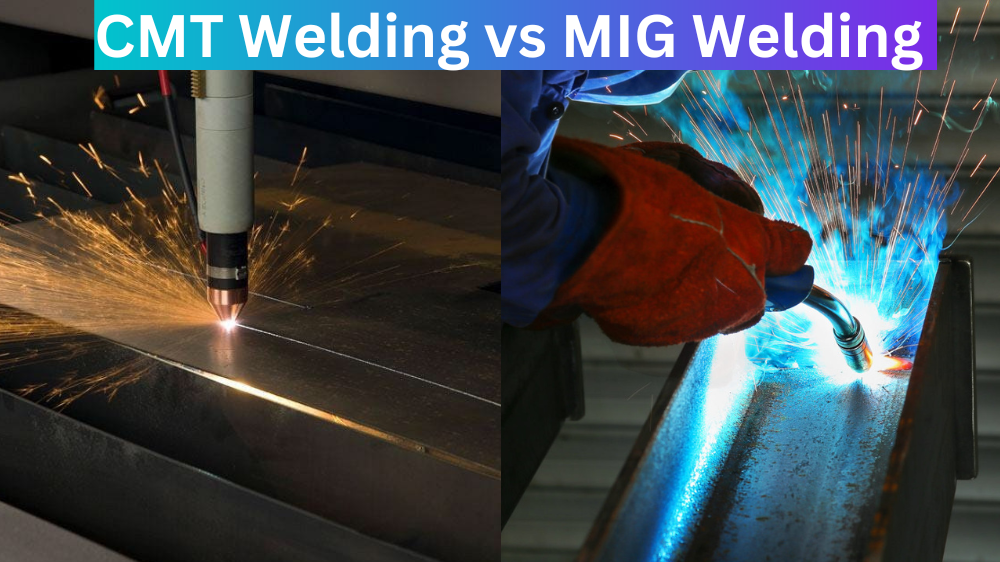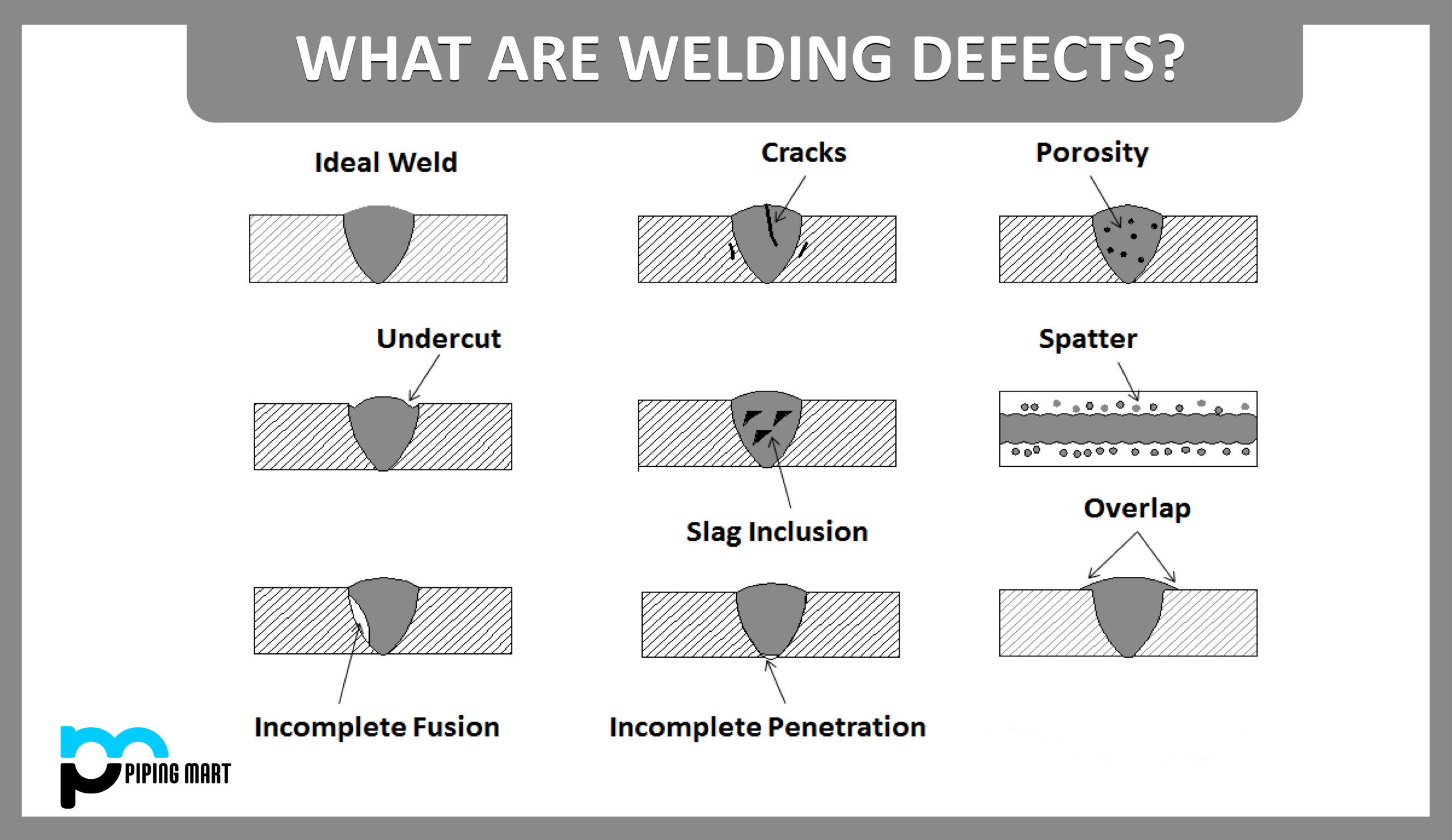One of the best methods for joining two pieces of aluminum is Friction Stir Welding (FSW). FSW is a solid-state joining process that uses friction and pressure to join both non-ferrous and ferrous alloys. This process can be used to weld virtually any aluminum alloy, making it an invaluable tool for many industries. Let’s dive into what makes FSW so efficient and effective.
What is Friction Stir Welding?
Friction stir welding (FSW) is an innovative process used to join metals together. This powerful tool utilizes high-powered rotating machine tools and a heat source generated by friction to pass through the metal and form extremely strong welds. FSW creates unique advantages over traditional welding processes, such as fewer defects, better mechanical properties, improved weld quality and cost savings in production material costs. It’s also more suitable for containers that can’t be exposed to higher temperatures like normal welding would require. With its speed, accuracy, and satisfactory results compared to other metal joining procedures, FSW has become one of the most important advanced welding technologies available today!
Benefits of Friction Stir Welding
One of the most significant advantages of FSW is that it can produce high-quality welds with minimal distortion. This is partly because the welding process occurs at lower temperatures than traditional welding methods such as TIG or MIG. This helps reduce the heat input into the welded material, resulting in less warping or shrinkage from heat-affected zones. Additionally, because FSW does not require filler material, there are no concerns about porosity or contamination from foreign particles.
Another key benefit of FSW is its ability to be used on a wide range of materials. In addition to aluminum alloys, this method can be used on other metals like copper and magnesium. It can also be used on materials such as plastics and composites, making it an incredibly versatile tool for joining different types of materials together. And finally, because FSW uses a single rotating device rather than multiple torches or electrodes, it has a meager cost per weld than other welding processes.
Friction Stir Welding Process
The basic principle behind friction stir welding is simple: a rotating tool creates friction between two pieces of material, which generates enough heat to soften them and allow them to be joined together without melting the material itself. The rotating tool then applies pressure while stirring the softened metal together until a strong bond has been formed between the two pieces. The process takes only minutes yet produces strong bonds that are often stronger than those created by traditional welding methods.
- Friction stir welding is a welding process that uses friction to heat and join metals.
- The process was invented in 1991 by Wayne Thomas of The Welding Institute in the United Kingdom.
- Friction stir welding can weld various metals, including aluminum, steel, and titanium.
- The process is often used to weld metals that are difficult to weld using other methods.
- Friction stir welding is a relatively new process, but it has already been used in various industries, including aerospace, automotive, and shipbuilding.
Uses of Friction Stir Welding
Friction stir welding is a relatively new form of welding technology that is revolutionizing how we join together metal components. By using mechanical rotation and pressure to soften, mix, and plasticize the metal pieces without an external heat source, this technique creates a metallurgical bond between the parts that is incredibly strong and reliable. The advantages of friction stir welding compared with traditional fusion welding not only make it more energy efficient but also enable it to be used in applications where there aren’t any access to other forms of heat such as underwater or outer space environments. Today, this specialized welding process is used primarily for difficult-to-weld/corrosion-resistant materials like aluminum, copper, and nickel alloys allowing for larger scale fabrication projects to be completed faster than ever before.
Joining of Dissimilar Materials
One of the most common applications of FSW is joining dissimilar materials. FSW has been shown to be an effective method for joining aluminium to steel, titanium to aluminium, and copper to aluminium. The main advantage of FSW over other joining methods, such as welding, is that it does not require the use of filler materials. This can save both time and money, as well as reduce the risk of contamination.
Repair of Damaged Components
FSW can also be used to repair damaged components. The ability to weld without the use of filler materials means that FSW can be used to repair components made from a variety of materials, including metals, plastics, and composites. Additionally, FSW can be used to repair components that have been damaged by corrosion or wear.
Fabrication of New Components
In addition to repairing damaged components, FSW can also be used to fabricate new components. For example, FSW can be used to create fuel tanks, exhaust systems, and body panels for automobiles. Additionally, FSW can be used to create a variety of medical devices, such as implants and prosthetics.
Improvement of Existing Designs
FSW can also be used to improve existing designs. For example, by welding two pieces of metal together using FSW, it is possible to create a stronger joint than would be possible using other methods, such as riveting or bolting. Additionally, FSW can be used to add reinforcement to existing structures, such as bridges and buildings.
Reduction of Manufacturing Costs
Finally, one of the main advantages of FSW is that it can help to reduce manufacturing costs. This is because FSW is a relatively fast process and does not require the use of expensive equipment or highly skilled labour. Additionally, FSW produces very little waste material, which further reduces costs.
Advantages of Friction Stir Welding
Comparing friction stir welding to traditional arc welding procedures reveals some benefits. These consist of the following:
- As a solid-state welding process, FSW is a largely defect-free joining method with no hot cracking, porosity, or solidification cracks
- Due to the lower temperatures, there is a reduction in shrinkage and distortion in the material being joined
- No filler materials, flux, or shielding gas requirement for aluminium alloys
- FSW is environmentally friendly as it produces no fume, spatters, or UV radiation
- Uses machine tool technology, making the process easy to automate, highly repeatable, and reducing the need for skilled welders
- Can work in any position
- Good mechanical properties, which for aluminium alloys typically equal or exceeds those obtainable by competing processes
- Energy efficient
- Able to join many ‘non-weldable’ aluminium alloys, such as those from the 2xxx and 7xxx series
- No requirement for special edge preparation in most applications
Disadvantages of Friction Stir Welding
Even though friction stir welding has a lot of benefits, there are some drawbacks to the method. These consist of the following:
- Exit hole left after withdrawing tool from the materials to be joined; however, this can usually be accounted for in the design of the part or by using run-on/off tabs
- The need for significant downforce and traversing forces means that clamping on the parts to be joined is more substantial than for arc welds
- Gaps between the parts to be joined need to be controlled, as no filler material is used in the process
Conclusion:
Friction stir welding (FSW) is a handy tool for joining aluminum alloys without resorting to traditional melting processes like TIG or MIG welding. With its low cost per weld and minimal distortion from heat effects zones, this method offers many benefits over conventional methods in terms of quality and efficiency. Additionally, its versatility means that it can be used on a wide variety of materials beyond just aluminum alloys – making it an invaluable asset for any industry that relies on strong connections between different components. If you’re looking for an efficient way to combine two pieces quickly and reliably – look no further than FSW!

A passionate metal industry expert and blogger. With over 5 years of experience in the field, Palak brings a wealth of knowledge and insight to her writing. Whether discussing the latest trends in the metal industry or sharing tips, she is dedicated to helping others succeed in the metal industry.




